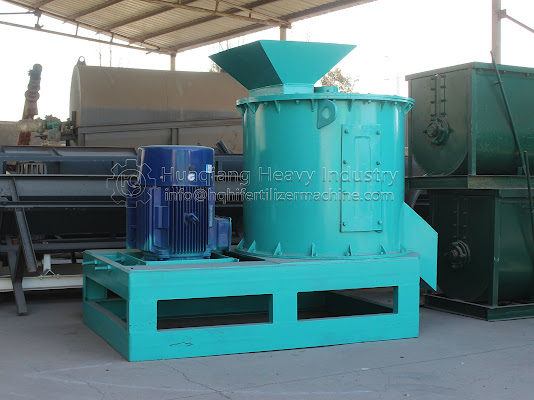What do you need to consider when choosing a belt conveyor
In the organic fertilizer production line, the belt conveyor is a common and important equipment, which is used to transport raw materials, fermentation materials, finished products, etc., in the production process. The following are the considerations for choosing a belt conveyor:
1. Carrying capacity and conveying distance: Determine the required conveying capacity, including the throughput per hour and the maximum carrying capacity. This will help determine the required conveyor belt width and the dimensions of the conveyor
2. Material characteristics: Consider the nature of the material to be transported, such as particle size, humidity, etc. Organic fertilizers may have different densities and humidity, which can affect the choice of conveyor, such as whether special conveyor belts or anti-stick coatings are required.
3. Working environmental conditions: Consider the environmental conditions of the production line, including temperature, humidity and possible corrosive substances or dust. Choosing conveyor components and lubrication that are durable and suitable for the specific working environment is critical.
4. Safety and maintenance: Ensure that the conveyor has the necessary safety protection devices, such as anti-skid devices, emergency stop devices, etc. In addition, the easy-to-maintain and clean design also reduces downtime and maintenance costs.
5. Energy consumption and efficiency: Considering the energy consumption and operating efficiency of the conveyor, choosing organic fertilizer equipment that can save energy and be highly efficient helps to reduce production costs.




Comments
Post a Comment